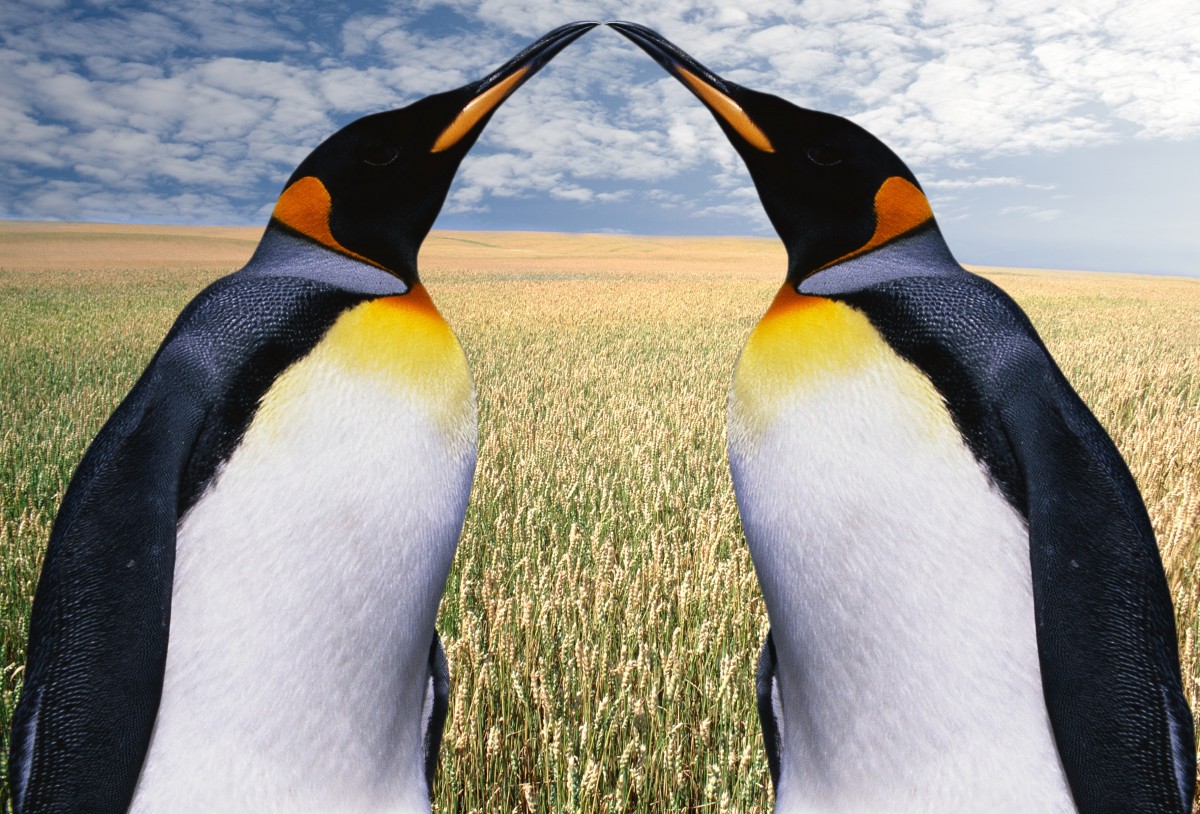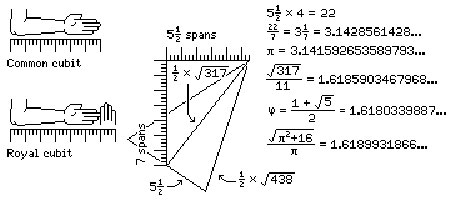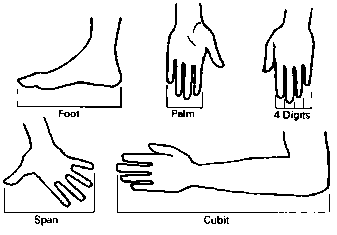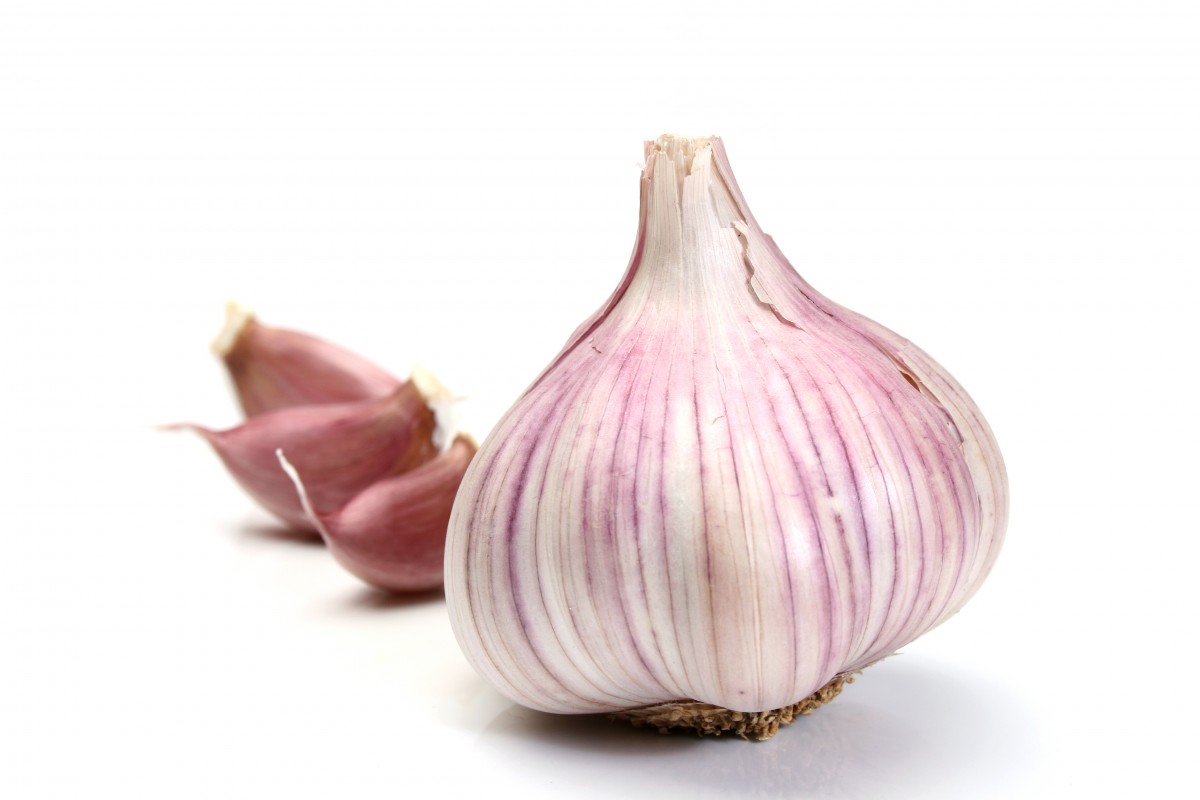
Once upon a time, we humans invented the concept of money to make trade easier; since then, the whole program has been getting increasingly complicated. These days, it seems everyone is tightening their belts to mitigate the effects of a fun new concept called inflation. This includes the Hakone-en Aquarium in Japan, where penguins, otters, and seals, who previously dined on fatty and delicious aji (horse mackerel), are now, due to budget constraints, being offered less-expensive (and slimier!) saba, or Atlantic mackerel. The animals, blissfully unburdened by human concepts like economics, know what’s what, and are outright refusing the dinner downgrade.
penguins, otters, and seals, who previously dined on fatty and delicious aji (horse mackerel), are now, due to budget constraints, being offered less-expensive (and slimier!) saba, or Atlantic mackerel. The animals, blissfully unburdened by human concepts like economics, know what’s what, and are outright refusing the dinner downgrade.
“In Japan, higher import costs and energy prices – caused by strains on the global economy due to the COVID-19 pandemic and the war in Ukraine – have shocked citizens. In April 2022, Japan’s consumer prices rose by 2.5 percent, the most since October 2014.
The cost of running the aquarium has risen by about 20 percent since the beginning of the year, [head zookeeper Hiroki] Shimamoto said, although he wasn’t authorized to say how much it spends on food. […]
Shimamoto said the aquarium first began transitioning its 20 penguins and five seals to cheaper mackerel in May, with only 10 percent of their diet being replaced by the lower-priced protein. It has tightened its belt gradually and starting July, about 30 to 40 percent of the mammals’ food will be cheaper fish.”
Unfortunately, keepers can’t explain to the animals why they have to start eating “off-brand” fish because of inflation, so they have to take this hunger strike in stride: Any animal that doesn’t eventually take to the saba will continue to be fed the high-test aji. Though we can’t talk to them, I think the penguins et al. are communicating clearly to us – how ridiculous this whole “money” thing is, at its core! Hmm, I love a bit of seafood, myself; maybe a pivot to a fish-based barter system wouldn’t be all bad…?

Talmudic Measure |
Modern equivalent |
Equivalent to |
Also equivalent |
Familiar equivalent |
| Thumb-breadth | 2cm | Cherry | ||
| Handbreadth | 8cm | 4 thumb-breadths | Credit Card | |
| Handspan | 24cm | 3 handbreadths | 12 thumb-breadths | 11 Piano Keys |
| Cubit (Large) | 48cm | 2 handspans | 6 handbreadths | Ruler, Carry-on luggage |
| Short Cubit | 40 cm | 5 handbreadths | 16 inches | Pizza |
Talmud measure |
Pictorial reference |
Approximate equivalent |
Eruvin Daf reference |
|
| 1 handbreadth | Credit card | 8cm/3.1” | 4, 5 | |
| 3 handbreadths | 11 Piano Keys | 24cm/9″ | 4, 5, 9 | |
| 4 handbreadths | Face shield | 32cm/12.6” | 3, 4, 5, 6, 9 | |
| 4 x 4 handbreadths | Chess board | 32 x 32cm/12.6” | 9 | |
| 9 handbreadths | Traffic cone | 72cm/28” | 4 | |
| 10 handbreadths | Long shoehorn | 80cm/31.5” | 3, 4, 5, 8 | |
| Log | Drinking Glass | 310 millilitres/10.5 fl oz | 4 | |
| 1 cubit | Carry-on luggage | 48cm/18″ | 4, 9 | |
| 4 cubits | Bed or Grizzly Bear | 192cm/6.25’ (feet) | 3, 5, 8, 9 | |
| 5 cubits | Patio Dining Table | 240cm/7.9′ (feet) | 2 | |
| 10 cubits | Conference Table | 480cm/15.7’ (feet) | 2, 5, 6, 8, 9 | |
| 12 cubits | Large LED-Wall Screen | 576cm/19’ (feet) | 3 | |
| 15 cubits | Shuttle Bus | 720cm/23.6′ (feet) | 2 | |
| 20 cubits | Caravan Awning | 960cm/31.5’ (feet) | 2, 3, 5 | |
| 40 cubits | Articulated Bus | 1920cm/60′ (feet) | 2, 3 | |
| 2000 cubits |
|
960m/0.6 mile | 36 | |
| se’a | Stock Pot | 7.3L/1.9 gallons | ||
| 40 se’as | Hot water heater (tank) | 288L/76 gallons | 4 | |
| Kav | Quart of fruit | 1.2 litre/1.1 dry quart | 29 | |
| Maneh | Pound of Butter | 500 g/1lb/500ml/2cups | 29 | |
| Cor/Kor | 55 gallon drum | 220L/55 gal/30 se’as | 36 |
Click on picture for a larger view 
As a mother of three boys, I was always put into a faraway room during my sons’ brit milah. So I’m not familiar with the actual procedure, just the after-effects. I had another family doctor attending my third pregnancy (long story not relevant here) who unlike my previous doctor was not Jewish. After successfully delivering my third son, this doctor when finding out we were passing on circumcision at the hospital, shyly asked if he could attend our son’s brit. Of course, I said yes (this was already my third and it was “old hat”).
I understand that during the brit ceremony my doctor unlike the other men, did not look away – he stayed back to be polite but was very attentive during the procedure. Afterwards, my doctor was so excited he related how “our way” of circumcision is almost foolproof as it is so uncomplicated compared to the modern surgical way of doing it with the Gomco clamp. He said that there were often many complications and whoopsies with the clamp method. I, of course, replied that we’ve had time to work out the kinks. This brit took place in the late 1980s and I am sure techniques in both the Jewish world & the medical world have changed and evolved, as things like this do.
When this pandemic started, it seems like everyone on the internet immediately began baking. We snapped up all the flour and yeast, and manufacturers and sellers are only just starting to catch up with our taste to stay home, nurture sourdough, and eat many delicious carbs.
I felt the impulse too but was briefly stymied by the shortages. So, I thought of an alternative sweet treat I could make that would be just as soothing, but wouldn’t use the elusive ingredients: Chocolates! And I found inspiration in internet security expert and culinary enthusiast Samy Kamkar. He has developed a home version of a process that makes a gorgeous iridescent coating on tempered chocolate — using nothing but the chocolate’s own reflective properties.
Kamkar made his futuristic chocolates by enlisting his home 3D printer to make a precise acrylic mould, and his engineering know-how to develop an even-pressure vacuum.
“To make the chocolate, Kamkar created a mushroom-shaped mold with multiple ridges micrometers apart. He tempered the chocolate, poured it into the mold and then put it in a vacuum chamber to prevent air bubbles on the surface. […]
As Renusha Indralingam explained in Yale Scientific in 2013, iridescence occurs ‘when an object’s physical structure causes light waves to combine with one another, a phenomenon known as interference.’ In the natural world, hummingbirds, beetles, butterflies, peacocks and many other living organisms exhibit iridescent traits, which they can use to choose and attract mates or evade predators.”
The pretty phenomenon results from forcing the chocolate into the diffraction grating (which is used in other, less delicious, applications like telescopes and X-rays). This allows the light rays that hit the moulded chocolate’s surface to scatter, making an iridescent rainbow sheen. The chocolate must be very cold in order to produce the interference — so the confection’s beauty is enhanced by the fact it quickly fades.
A Swiss manufacturer, ETF Zurich, has spearheaded industrial method to making this iridescent chocolate and is planning on scaling it up to general manufacture soon. I await their efforts: Even though I am so looking forward to witnessing this optical phenomenon in person, it still takes too many resources for me to do in my home kitchen!
Usually, I start thinking about what to write as an introduction at the start of the weekend…however I did not have to do that this week. On Friday the day that every pet owner dreads came upon us – we had to say goodbye to Jill. 
Jill’s mobility wasn’t going in the right direction and I was getting worried about her. I was also being wary with the weekend coming up that something extreme would happen to Jill and I’d have to find an emergency vet during these COVID times or deal with it myself. To make a long sorrowful story short, Jill’s heart (the organ, not her spirit) was failing and her muscles were not getting the nourishment they needed to move her around. So because of these Covid times, we sat on the large porch outside of the veterinary clinic and spent time with Jill giving her lots of liver treats…the girl went out in style!
Now that it’s Sunday evening the house is still too quiet and too big, but that raw sting of sadness is ebbing away and I’m starting to remember the stories and antics of which there are plenty of! (Including the time she defied me and marched into the local Foodland)
Here is a picture of puppy Jill with her sisters (she’s in the middle), big sister Jill when Samson was new to the family, Jill barking at cows, and the grande-dame of Perth Road.

Talmudic into modern-day measurements – making sense out of what those rabbis were talking about
Talmudic Measure |
Modern equivalent |
Equivalent to |
Also equivalent |
Familiar equivalent |
| Thumb-breadth | 2cm | Cherry | ||
| Handbreadth | 8cm | 4 thumb-breadths | Credit Card | |
| Handspan | 24cm | 3 handbreadths | 12 thumb-breadths | 11 Piano Keys |
| Cubit | 48cm | 2 handspans | 6 handbreadths | Ruler |
| 4 Cubits | 192cm | 75 inches | 6.25 feet | bed or grizzly bear |
Dry Measures |
||||
| Chomer | 220 litres | 200 dry quarts | Coleman chest | |
| Eipha | 22 litres | 20 dry quarts | Backpack | |
| Omer | 2.2 litres | 2 dry quarts | Large matzo meal canister (almost) | |
| Kav | 1.2 litres | 1.1 dry quarts | Quart of fruit | |
Liquid Measures |
||||
| Cor | 220 litres | 55 US gallons | 30 se’as | 55 gallon drum |
| Bath | 22 litres | 5 US gallons | 72 logs/6 hin | Potable water jug |
| Se’a | 7.3 litres | 1.9 US gallons | Stock Pot | |
| Hin | 3.7 litres | 0.98 US gallons | Gas Can | |
| Log | 0.31 litres | 310 millilitres | 1/12 of a hin | Drinking glass |
Talmud measure |
Daf reference |
Approximate equivalent |
Pictorial reference |
| 1 handbreadth | Shabbat 22, 54, 85, 92, 138, 157 | 8cm/3.1” | Credit card |
| 4 x 4 handbreadths | Shabbat 4, 76, 79, 91, 100, 101, 155 | 32 x 32cm/12.6” | Chess board |
| 10 handbreadths | Shabbat 4, 21, 91, 92, 96, 97, 99, 100, 101, 117, 155 | 80cm/31.5” | Long shoehorn |
| Multiples of Log | Shabbat 76, 77, 78, 79, 82, 95, 109, 129, 132 | 310 millilitres/10.5 fl oz | Drinking Glass |
| Kav (of dough, etc) | Shabbat 15, 103, 140, 156 | 1.22L/1.1 dry quart | Flower pot |
| 4 cubits | Shabbat 5, 52, 53, 57, 61, 62, 73, 82, 96, 97, 98, 100, 101, 102, 110, 118, 127, 130, 141, 146, 153 | 192cm/6.25’ (feet) | Bed or Grizzly Bear |
| 10 cubits | Shabbat 92, 98 | 480cm/15.7’ (feet) | Conference Table |
| 20 cubits | Shabbat 22 | 960cm/31.5’ (feet) | Powerboat/Caravan Awning |
| Multiples of cor | Shabbat 4, 35,127, 155, 156 | 220L/200 dry quarts | Coleman cooler |
| se’a | Shabbat 59, 119, 142, 153 | 7.3L/1.9 gallons | Stock Pot |
| 40 se’as | Shabbat 35, 44, 46, 84 | 288L/76 gallons | Hot water heater (tank) |
| 1 mil | Shabbat 34, 88, 109, 129 | 960m/0.6 mile | Free suspension part of Sutong Bridge |

As dog people, we at DFC remain in opposition to our mortal enemies, cat people. Among the many reasons dogs are better than cats is the fact that, while yes, cats will poop in a box so it’s nice and convenient for you to scoop it, and so you don’t have to go hunting in your yard with a long shovel and a flashlight, or maybe an ice pick depending on the weather — dog owners don’t have to worry about catching toxoplasmosis from said poop.
Toxoplasmosis is a disease that results from infection by the Toxoplasma gondii parasite, which lurks in cat feces, and can cause flu-like symptoms. It’s also long been known to spark a range of behavioural differences, both in cats’ human “staff”, and in their prey. In mice, toxoplasmosis has been found to cause a loss of fear in mice of cats — even when the infection itself has cleared.
An international group of researchers have just discovered a fascinating consequence to toxoplasmosis infection in humans: an increase in entrepreneurship. If you think about it, it makes a lot of sense — what turns off fear and increases risky behaviour, fatal in mice, could actually be positive for human business! From the study’s abstract:
Using a saliva-based assay, we found that students (n = 1495) who tested IgG positive for T. gondii exposure were 1.4× more likely to major in business and 1.7× more likely to have an emphasis in ‘management and entrepreneurship’ over other business-related emphases. Among professionals attending entrepreneurship events, T. gondii-positive individuals were 1.8× more likely to have started their own business compared with other attendees (n = 197). Finally, after synthesizing and combining country-level databases on T. gondi infection from the past 25 years with the Global Entrepreneurship Monitor of entrepreneurial activity, we found that infection prevalence was a consistent, positive predictor of entrepreneurial activity and intentions at the national scale, regardless of whether previously identified economic covariates were included. Nations with higher infection also had a lower fraction of respondents citing ‘fear of failure’ in inhibiting new business ventures.
Though I’m still a die-hard dog fan, I find it fascinating that one of the major downsides of cat ownership has such an unexpected benefit for human behaviour. Good thing cat people are valuable, in that they are warm places to sit and have opposable thumbs — and aren’t edible!

Ever since we watched the garlic episode on the Netflix documentary, Rotten, we made a vow to only use locally sourced garlic in our BBQ sauces (and upcoming new flavour sauce). One of our customers in Perth, ON supplies us with garlic but we are always looking for new suppliers – thus our foray to the Verona Garlic Festival on Saturday. We met with a potential supplier who gave us samples of five different varieties of garlic: Music, French Pink, Mild Marbled Purple, Ivan and Romanian Red. Our favourite is the Romanian Red because it’s the spiciest and strongest in that garlic flavour, however, the most popular variety grown here is Music. And these aren’t the only varieties…who knew?!? So, thanks to Netflix we will never buy the imported garlic again and will continue to enjoy the robustness of local garlic!
It took me a good couple days to believe this in-development appliance was real, and not from The Onion – but once I did, I was staggered by it. The tubby little box follows a proven kitchen appliance formula: it lives on your counter, accepts single-use pods into its top, and in a few seconds, dispenses a fresh, hot … tortilla?
Dubbed the Flatev, the tortilla maker was developed by Carlos Ruiz, who was confronted by a dearth of authentic Mexican cuisine when he moved to Switzerland. He attempted to make tortillas by hand with his mother’s recipe, with Infomercial-Fail-like results. A fan of the Keurig, Carlos envisioned a tortilla maker that would take the mess and labour out of the whole process, much like the revolutionary coffeemaker.
Unlike the Keurig, the Flatev’s website assures us, the used dough pods will be recyclable. In addition, the dough inside the pods will be organic and preservative-free – which, the developers enthuse, produces a significant difference in flavor from pre-made supermarket tortillas.
Gee-whiz factor aside, I have a bit of a mental block about this. This is a gadget for a very specific sub-set of the population: people who a) eat lots of tortillas, b) are hung up about the freshness of said tortillas, and c) have enough money to not just purchase this one-purpose machine, but to afford a home with a kitchen big enough that it doesn’t take up all the counter space! (I may be biased, I also loathe Keurigs.)
But I also think of what users of the Flatev might miss out on by letting a machine take over. Progress is great. But it’s one thing to have your weekly trip to the creek with a washboard and lump of soap replaced by a washing machine; it’s another entirely to miss out on the fascination of trying a new skill, and the pride when your unbalanced, weird looking tortillas start getting better and better!
However, I would not turn down a tortilla, whether hand- or machine-made. Here’s hoping the Flatev crew gets lots of pre-orders: It would be worth seeing if this little guy lives up to the dream.
Dutch artist Theo Jansen has created what he posits is a new group of living creatures through his art: the Strandbeests, walking sculptures of lightweight plastic tubing, that “feed” off windpower and spend their natural lives frolicking in the tidelines of northern beaches!
Strandbeests can be quite complicated in structure, but their operation is straightforward: wind caught in the sail-like fins on the sculptures’ backs oscillates their (many!) legs and allows for side-to-side movement. The Strandbeests live on the damp sand of beaches; intake pipes detect when they venture too far into dunes or water, causing them to careen the other way to keep themselves safe.
The creations really need to be seen in action: check out the artist’s website here for video evidence. They do look very much alive — and that is what intrigues me most about this project. Jansen envisions creating whole herds of these sculptures, and setting them free on beaches where they will live out their natural “lifespans” feeding and journeying. He also considers them to have a primitive “brain:” the step counter that helps a Strandbeest remember where it last encountered water. Could these sculptures actually be considered living things, by this definition? It would be a different kind of artificial life than that which we are used to contemplating — and perhaps dreading — more peaceful, and environmentally attuned, perhaps? It’s interesting to contemplate, and life-form or no, admire as sculptural art.